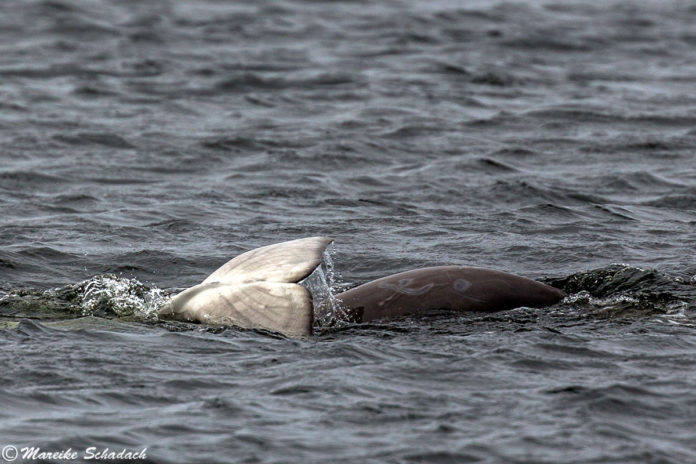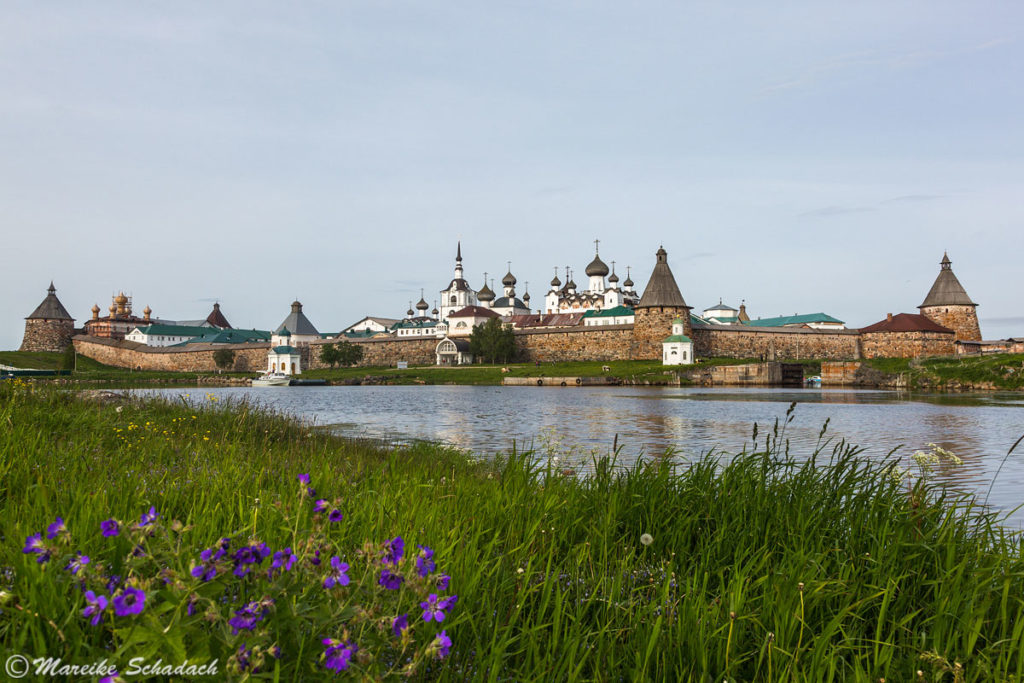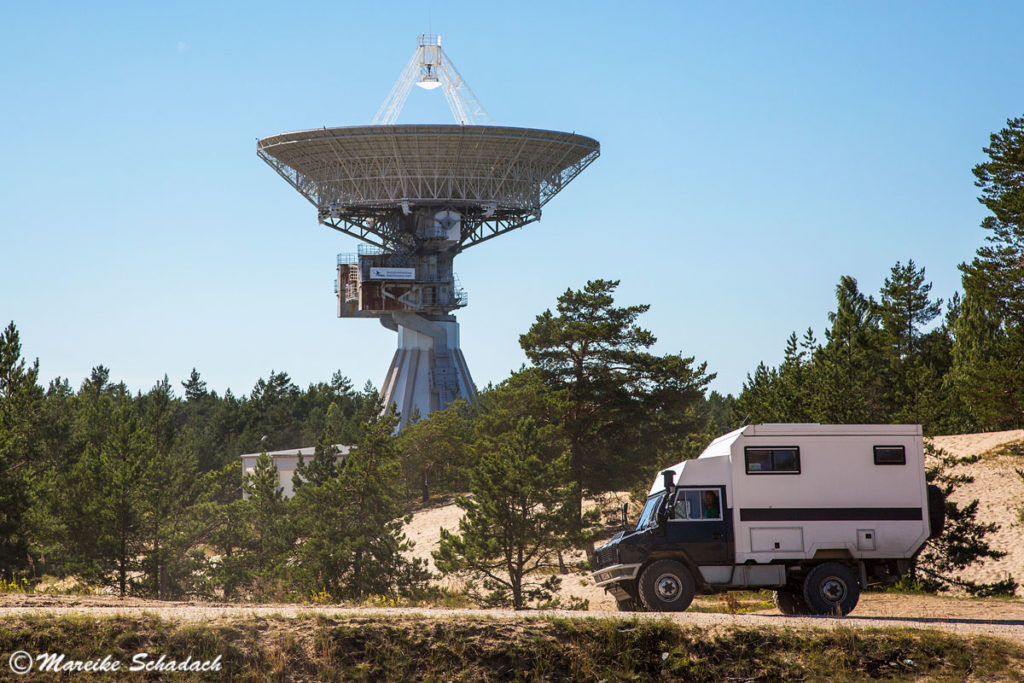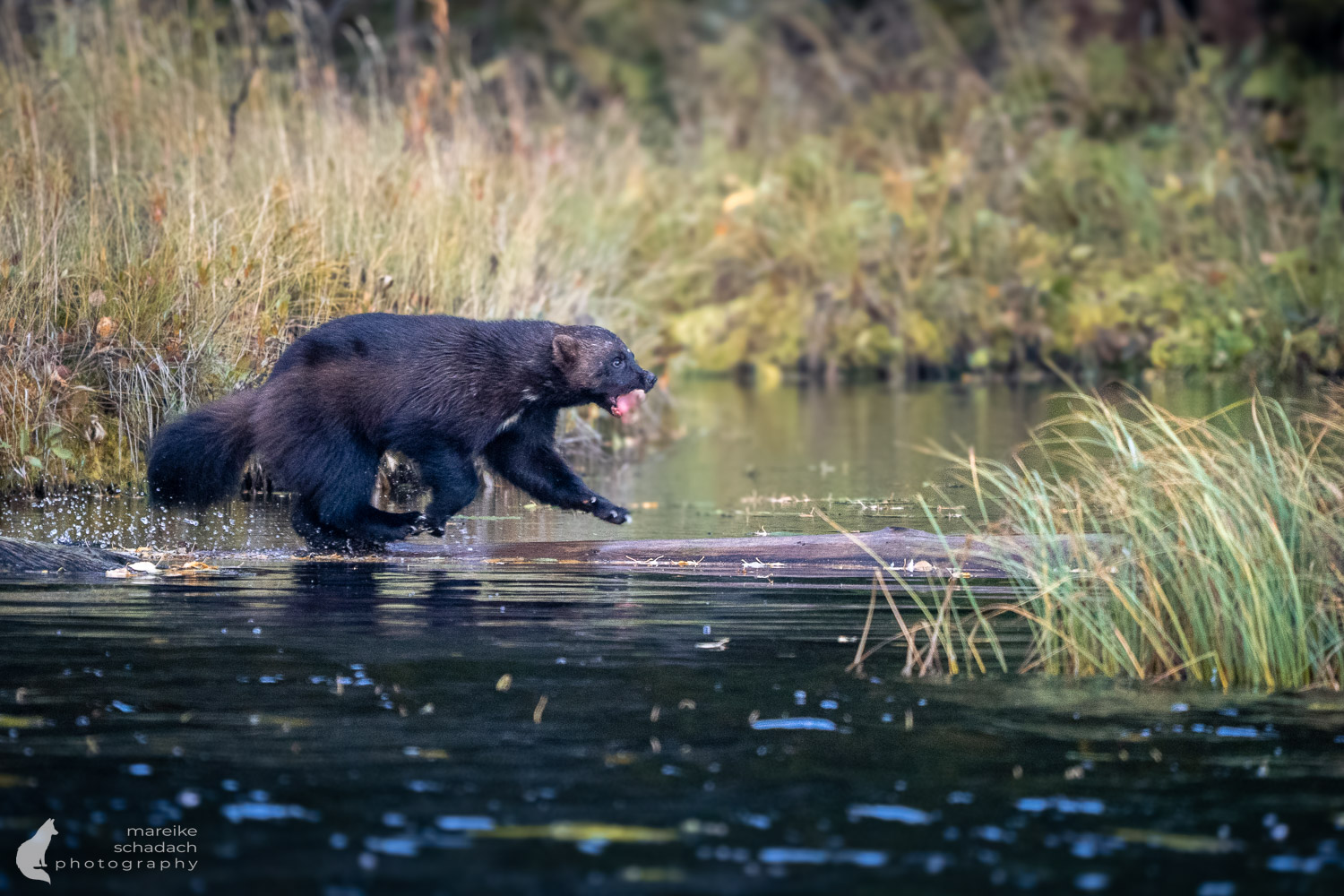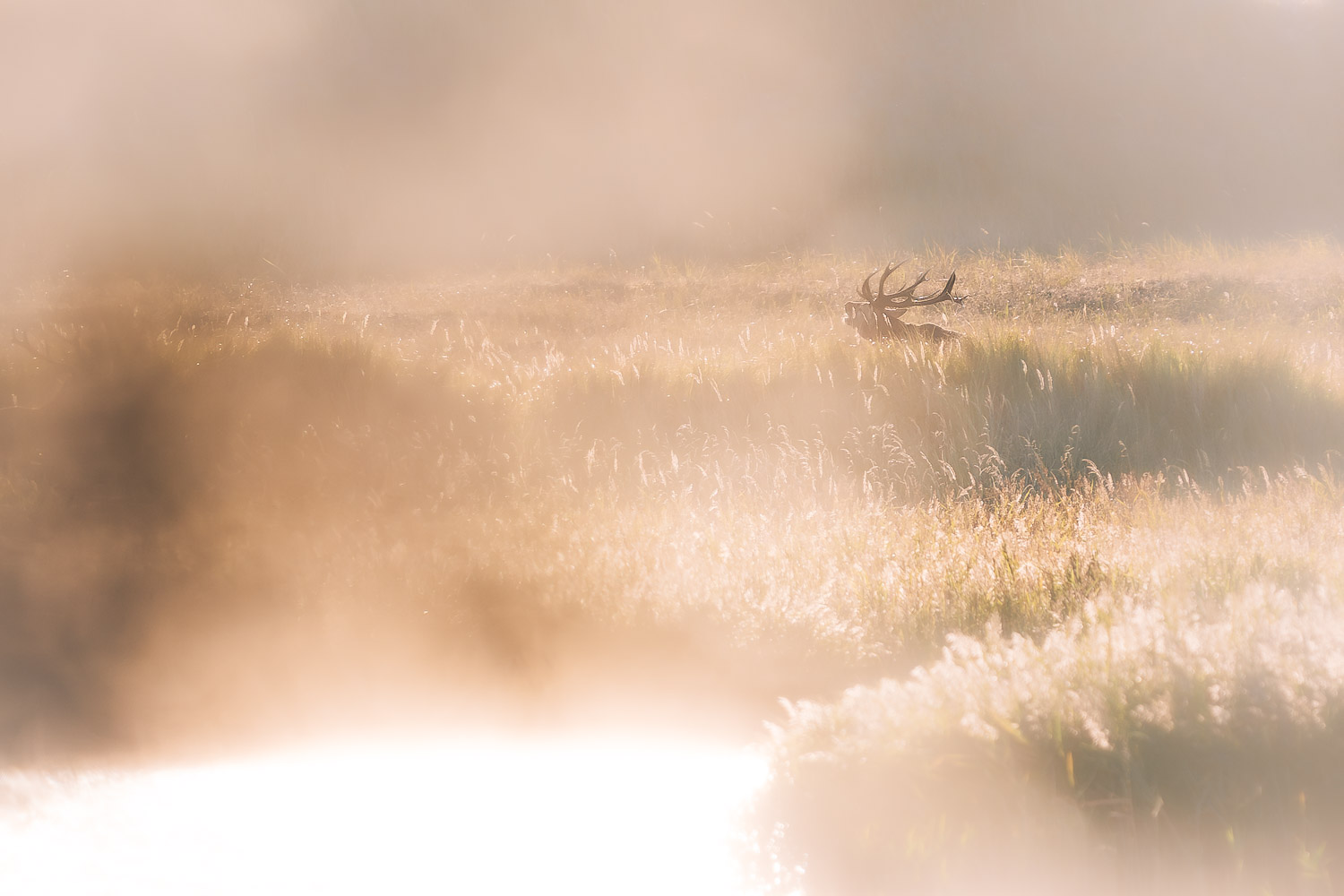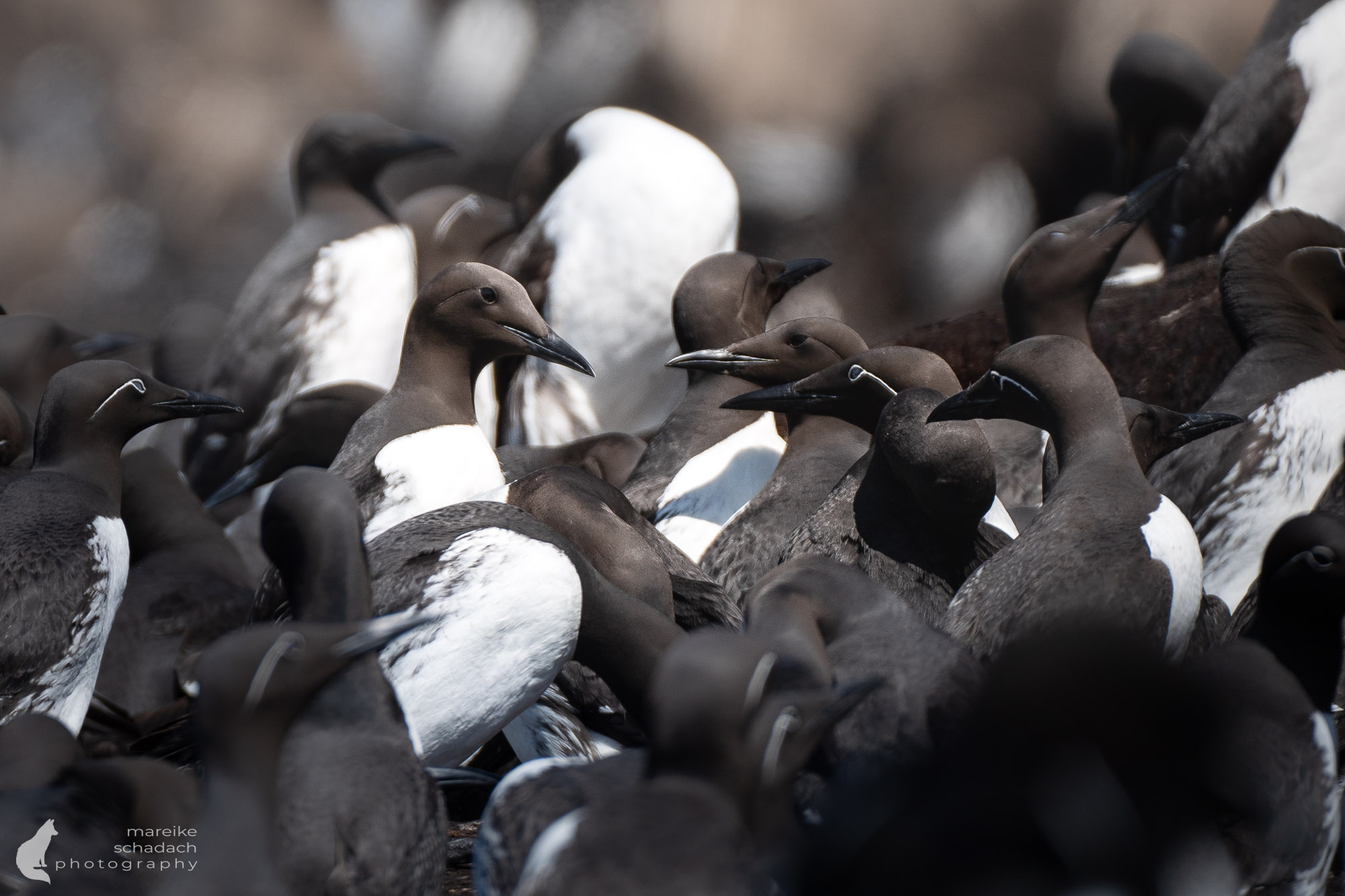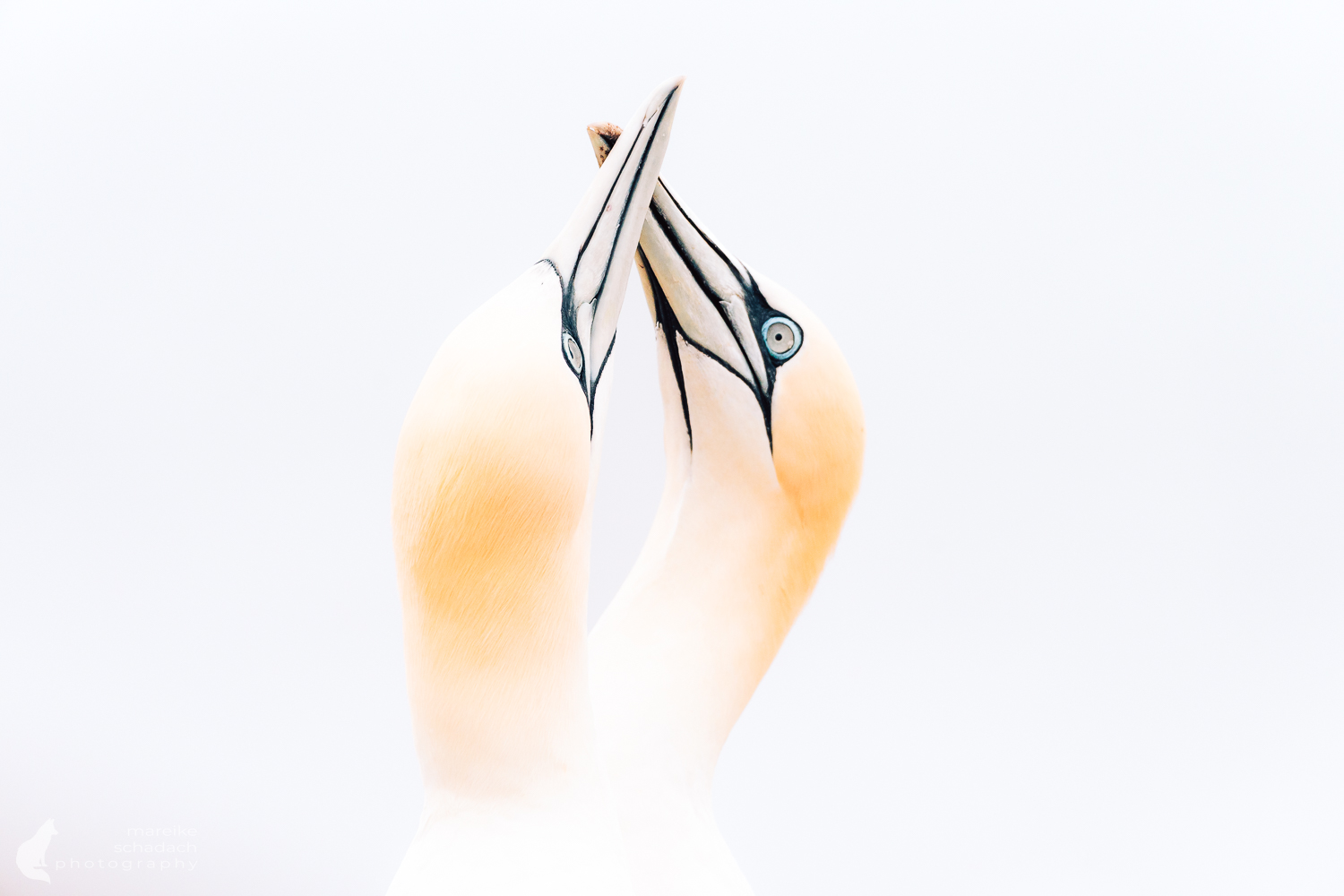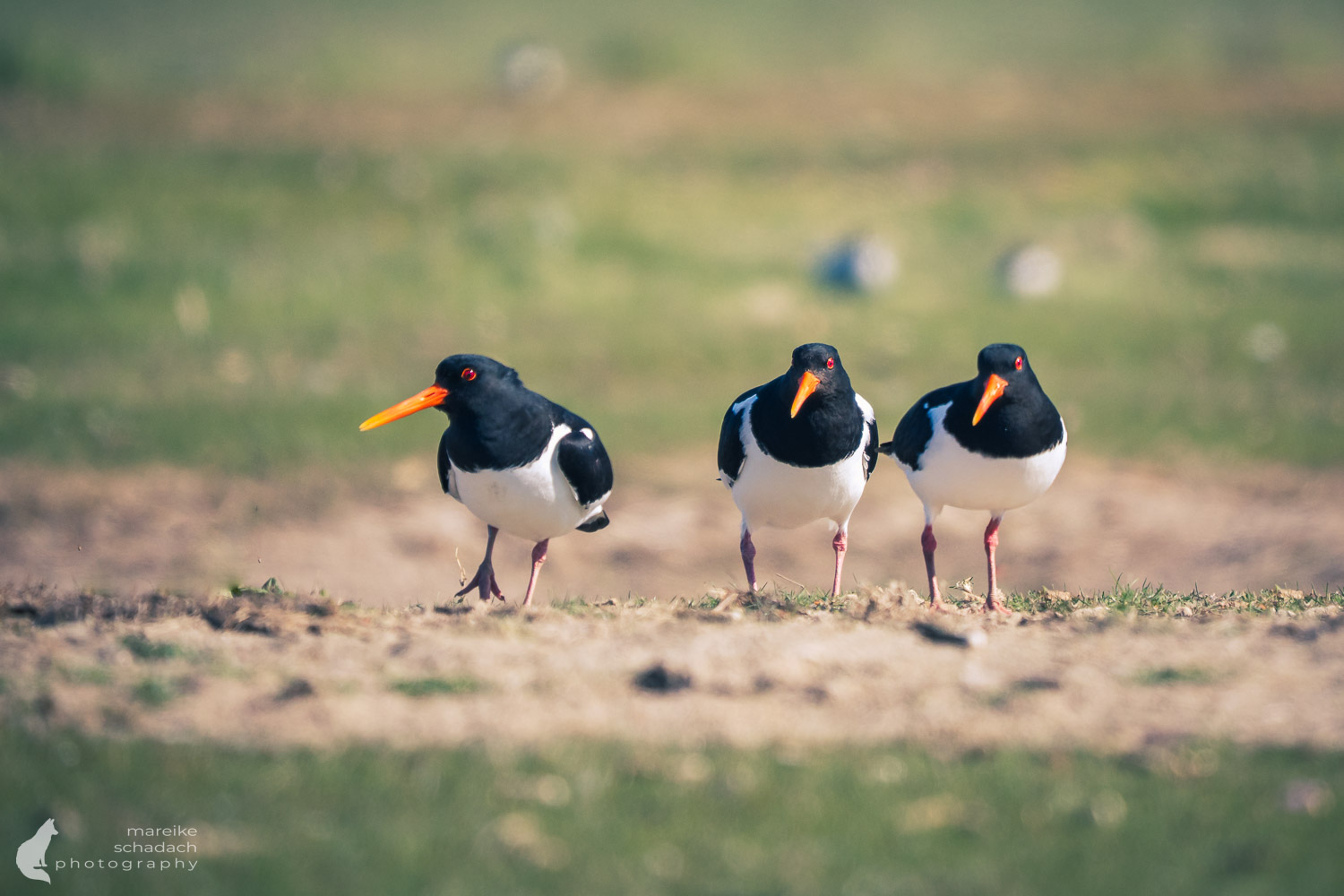Russia. Are whale watching tours also part of your favourite programme when you are at the sea? Can't you watch the giants of the sea often enough and are always deeply touched? Most of the time, however, whale watching is combined with boat trips. But you can watch the Beluga Whales of the Solowezki Islands from land. The calm shallow water in front of the islands is also the nursery of the belugas. In summer they come here to give birth and raise their young. How you can get to the Beluga Cape Observation Point on your own and what you have to consider when doing so, you will learn in my following article.
What to expect in this Article
Solowezki Islands - the Nursery of the Beluga Whales
Beluga Cape - Whale Watching from Land
Path to the Beluga Whales of the Solowezki Islands
The ecological Path to Beluga Cape
Beware of Arctic Terns
The Way back from the Beluga Whales
Boat Tours to the Beluga Whales of the Solowezki Islands
The Business with the Beluga Whales
Profile Beluga Whale
Solowezki Islands - the Nursery of the Beluga Whales
White whales in the White Sea. In between are small slate gray whales. These are the calves. Only after about a year do they get a blue-grey colouration and are then called "blues". In the fifth year of life the white whales finally get their eponymous white colouring.
By the way, the name "Beluga" (white whale) also comes from the word "white", but in Russian: белуха, from белый bely "white". As the white whales are often located at the pack ice border, their white colouring may protect them from polar bear attacks.
Young belugas are often seen on the Solowezki Islands. The protected and flat area in front of the islands serves as a nursery for the animals. In early summer calves are sometimes born here. We were very lucky. In July 2017 we were able to witness how, after an initially inexplicable tumult under water, a newborn calf was lifted to the surface by its mother to breathe. That day was also my birthday. What a gift!

Beluga Cape - Whale Watching from Land
At the westernmost tip of the island of Groß-Solowezki there is a small offshore island - Beluga Cape - from where you can watch the Beluga Whales of the Solowezki Islands from land. For a better view there is even an observation tower. An excursion to the Beluga Cape has to be planned carefully as the island is only accessible at low tide. The tourist information helped us with the tide calendar and explained the way on a map.
The best season for the tour is mid June to mid August. Because in this period the Belugas approach the shores of the Big Solowezki Island. But there is no guarantee that whales will be there. But if there are any, they are close to the shore and can be observed with the naked eye.
By the way: Guided hikes to the Beluga whales of the Solowezki Islands can also be booked at the Solowezki Islands Tourist Information .

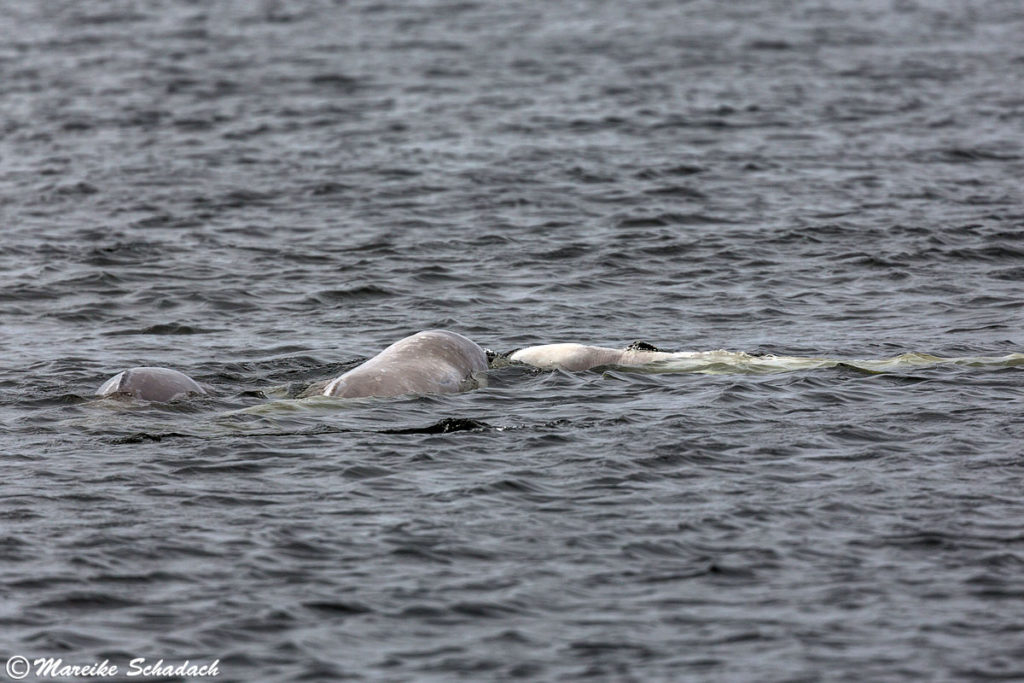
Path to the Beluga Whales of the Solowezki Islands
The first part of the way (about 7 km) you can either take a taxi (there are UAZ taxis) or a bicycle. Bicycles can be rented at the bike rental between the monastery and the ferry pier. In any case, take a more robust mountain bike and be sure to plan a little more time for the way. Because the road is in bad condition you will need more time than you think.

The ecological Path to Beluga Cape
The second part of the trail is the approximately 6 km long "ecological trail". It leads you through a beautiful forest to the coast. From here on you can only continue on foot. Swampy places are covered with wooden planks. On the way there we had to hunt through almost at a run, because the low tide was approaching.
At the coast there is a small signpost that describes a path through the mudflats to the island. Now we have to take off our shoes and roll up our trousers. Happy is whoever has bathing sandals now and a small towel for later. After a few meters we had forgotten where the path goes and searched our own way through the mudflats. The target is well visible through the observation tower. When we were there in 2017, the old tower was just replaced by a new one, so unfortunately I can't show the view from above.
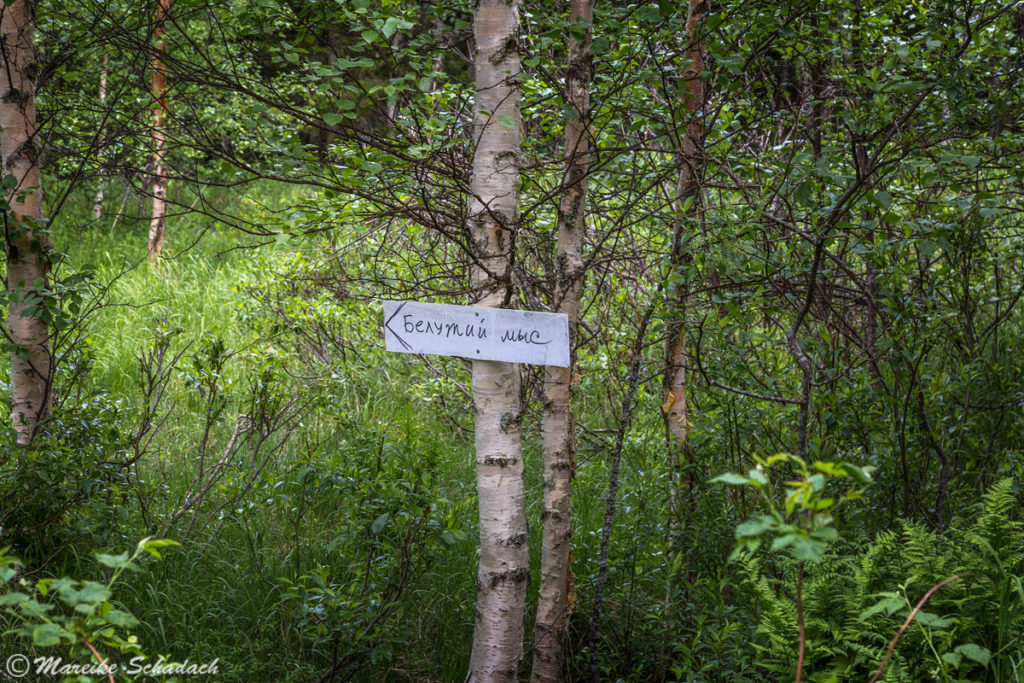

Beware of Arctic Terns
As soon as you approach the small island off the coast, watch out for the Arctic terns nesting there! If you get too close to their clutches, they will attack the highest point of you. Well, if that's not your head. You will find a cluster of branches on the shore, which you can hold up above your head to ward off the birds.

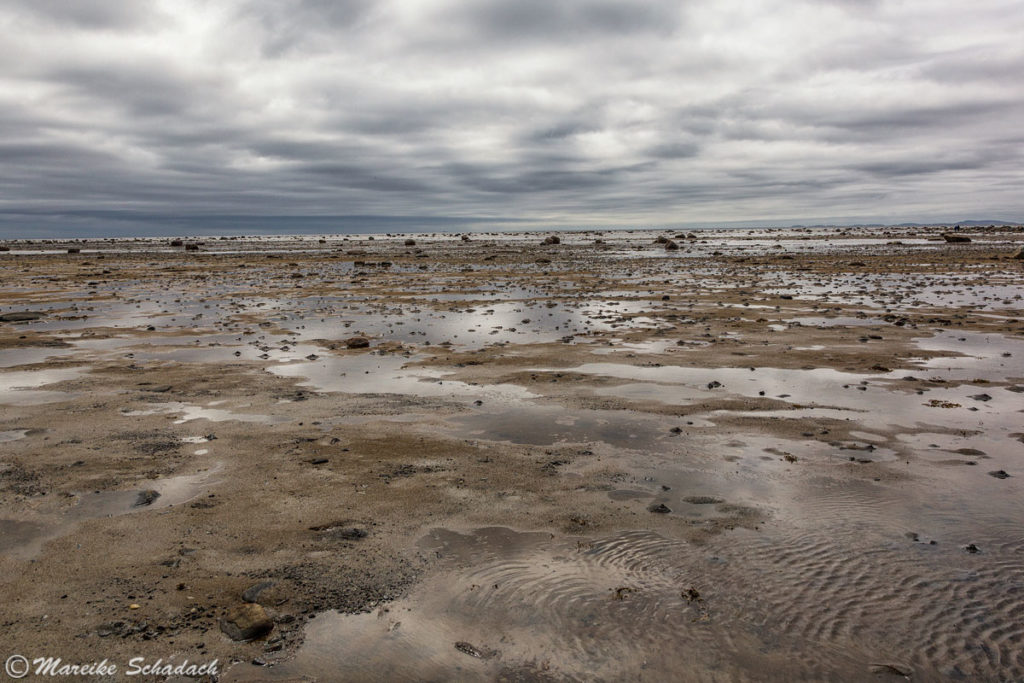
The Way back from the Beluga Whales
Don't lose track of time while watching the whales. As soon as the water rises again you have to start your way back. And the water rises faster than expected. We were a bit late, the water was already above our knees and quite cold. So we were even happier when we had dry ground under our feet again and could warm up with some cookies in the sun.
Do you want to know more about the islands in the White Sea? Then take a look at my article about the Solowezki Islands and read more about the moving history of the islands.

Boat Tours to the Beluga Whales of the Solowezki Islands
On the Solowezki Islands boat trips to the Beluga whales are also offered. However, these are very weather-dependent and can be cancelled at short notice. You can book boat trips with plenty of advance notice at Kolatravel or with help / mediation through the local tourist information.
Does the weather not play along and you cannot go on a tour to the whales? Then you might be interested in my article about the monastery and museums of the Solewetzki Islands .
The Business with the Beluga Whales
Watching the Beluga whales in the wild was one of my most beautiful nature experiences. Unfortunately not all Beluga whales are doing so well. Beluga whales are still presented in aquariums as an attraction. They are still caught on a large scale in Russia and are "temporarily stored" in the so-called "whale prison" in the East of Russia near Vladivostok until they are resold to an aquarium. According to Greenpeace, a total of 13 orcas were sold from Russia to China between 2013 and 2016. The average price for an animal is therefore around 700,000 euros.
Up to 100 animals, belugas and orcas, had been kept in the tiny tanks in autumn 2018. There were massive protests and the animals are now a case for the Russian public prosecutor's office. The future of the whales is still unclear (as of spring 2019).
Do you want to know more? In 2017 the three Russian divers Gaya, Tanya and Julia made a moving film about the catch, the torturous keeping and the marketing of the beluga whales: "Condemned to suffer - The business with the beluga whales". To be found on the website of Save the Ocean. The documentary film reveals how things can happen behind the scenes of the beautiful dolphinariums and cheerful shows and shows a reality that visitors of show oceanariums like to hide. I admire the three women for their courage and commitment to the animals and would like to recommend their film to others. At the end of the film they even dive with the whales at the Beluga Cape of the Solowezki Islands. But please do not imitate: swimming and diving with the animals is not allowed for the benefit of the whales.

Another recommendable film on this topic is the film Blackfish. The film tells the story of Tilikum, a trained orca in the SeaWorld adventure park in Florida. The whale pulled his trainer under water during a show and killed her. In shocking pictures Blackfish shows the suffering of whales in captivity and how a multi-million dollar business tries to cover up incidents. An emotional story that gets under your skin. You can read more here. Here to find out more about it.
Profile Beluga Whale
(Delphinapterus leucas)
Area of distribution: in shallow waters, rivers and estuaries in the Arctic and sub-Arctic, mostly near the coast. Occurs mostly between 80th and 46th latitude, depending on the extent of the ice. Migration into rivers is frequently observed, for example also into the Elbe or Loire.
Threats: Pollutants introduced by agriculture and industry are a major burden to populations. These include in particular mercury, lead and organic chlorine compounds such as DDT, PCBs and PAHs. Furthermore, the increasing extraction of oil and the associated pollution and noise pollution is proving to be problematic.
Total length: 4 - 6 m
Weight: 0.4 - 1.5 t
Life expectancy: 30-40 years
Speed: briefly 30 km/h
Maximum diving depth: up to 600 m
Dive time: 15-20 minutes
Sexual maturity: Females with 5 years, males with 7-8 years
Mating season: spring to summer
Tragzeit: 14,5 months
Birth cycle: every three years, usually in July
Birth length: 1,5 m
Sawing time: 18-23 months
Group size: 5-20 animals, in summer thousands in river deltas
Food: fish, crustaceans, cephalopods. Molluscs and molluscs are collected from the bottom.
Have you ever been to the Solwezki Islands in the White Sea yourself and maybe you have even seen the Belugas? Do you have any questions about my article or suggestions? If so, please write me a comment!
